When we bought our homestead land and started exploring the property, some of the first wildflowers that caught my eye were the delicate lavender and white flowers of the wild passionfruit, commonly known as “maypop.” The sprawling vines crept along the ground and across the tall wild grasses and plants of the savannah-like pasture abandoned decades ago.
It was the middle of summer, and the egg-shaped green fruits were just beginning to appear. I was thrilled with my discovery, took way too many pictures, and promised myself that day that I’d save a special place for them to grow and thrive.
Now, several years later, my young food forest floor is almost covered with sprawling maypop vines. They’re a haven for native butterflies, bees, and a variety of other nectar-loving insects. The blossoms are a delight to see, their life cycle provides nutrients to feed the forest floor, and they give me dozens of sweet and tangy fruits that I make into jellies, syrups, and other tasty treats.
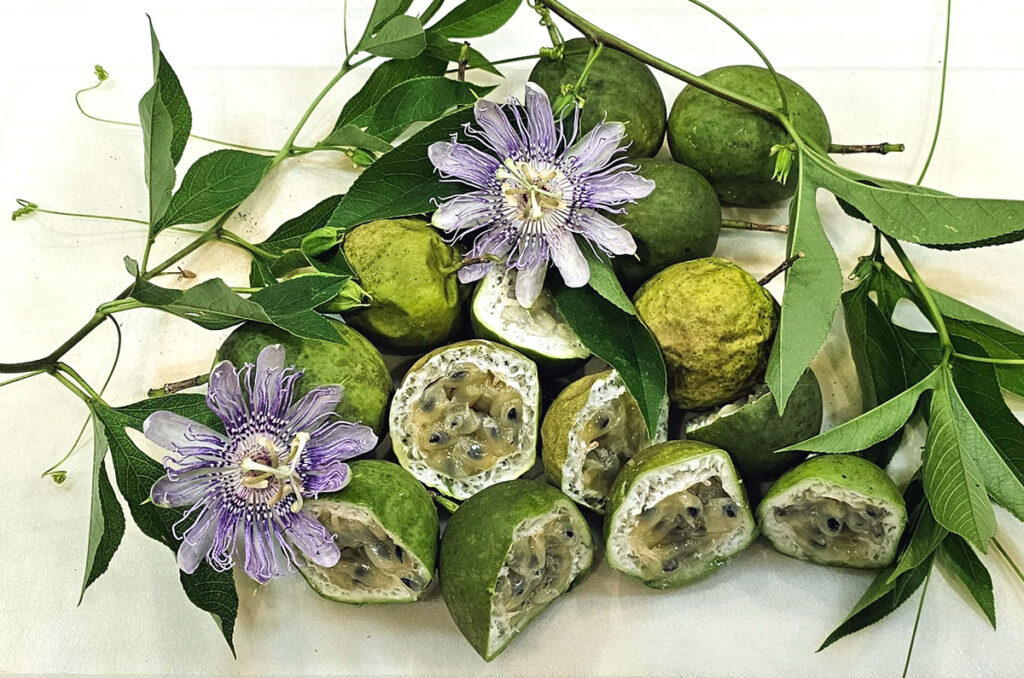
Today I’d like to share with you how I “forage” the fruits I let grow wild in my food forest, how to tell when they’re ready to harvest, and a few simple ways to enjoy their unique flavor.
Table of Contents
What are Maypops?
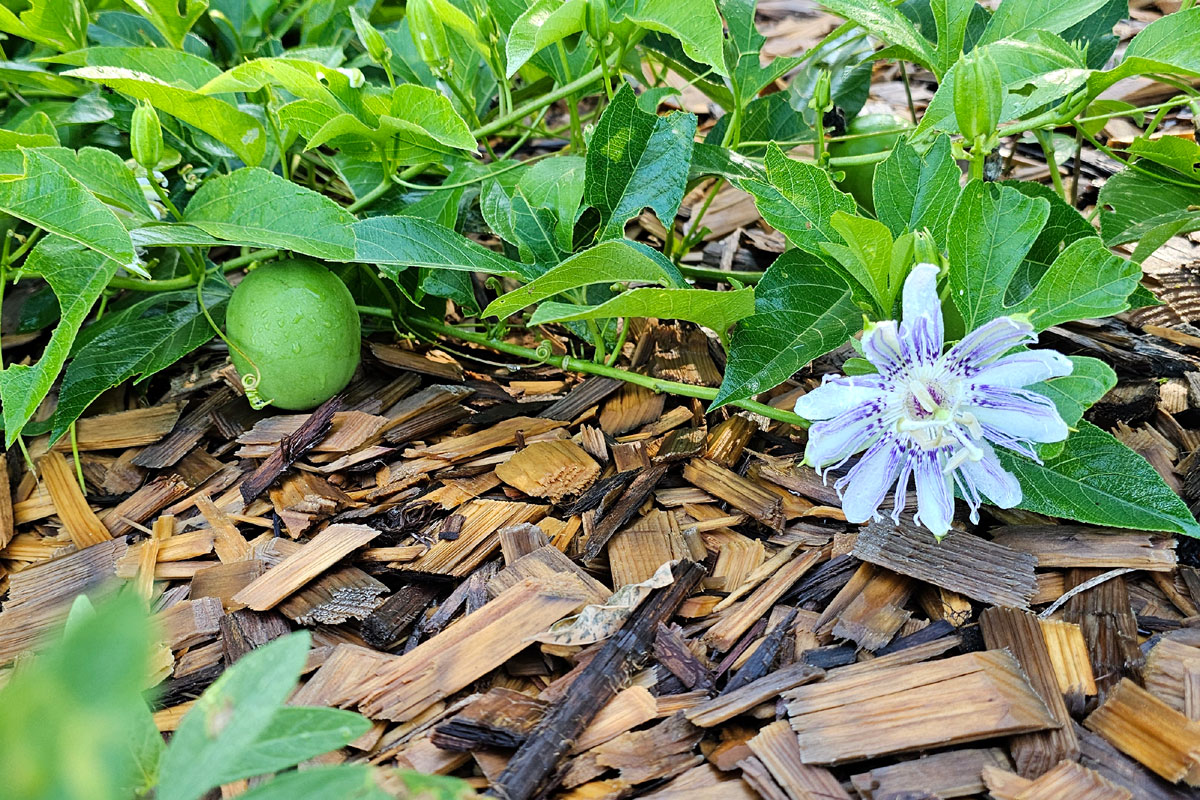
Maypop is a vining plant with stunning lavender and white flowers that is native to the southeastern United States. It’s known not only for its gorgeous flowers, but also for the sweet and tangy flavor of its egg-shaped fruit.
The wild variety of passion flower discussed in this article is botanically known as Passiflora incarnata. Other names for this plant include apricot vine, maypop, passionflower, and passion vine. The name “maypop” refers to the loud “pop” sound when a fruit is stepped on… “it may pop if you step on it!” 😀
Their unique crown-shaped flowers inspired their botanical name – Passiflora incarnata (passion flower). When early Spanish settlers to the New World first discovered them, they found symbolism in the crown shape, that to them represented the Christian’s view of the sufferings of Christ.
This hardy vine thrives in USDA growing zones 7-11, and can sometimes be found in zones as low as zone 5. It prefers well-drained sandy soil and is often found along ditch banks, woodland edges, meadows, or roadsides. It will die back during a frost or freeze, but it’s numerous underground runners will sprout again the following spring.
Blossoms of the maypop are 1-3 inches in width and about one inch tall. They have long tendrils of lavender and white with a rising crown-shaped arrangement of rising stamens.
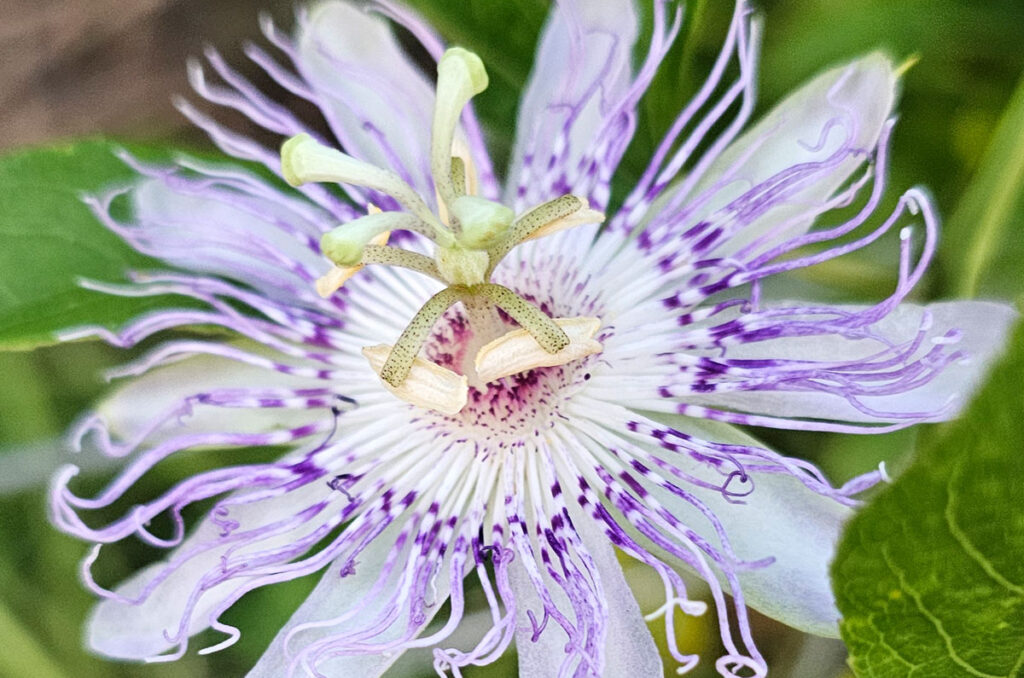
The leaves are lobed and medium-green. The fruits first appear dark green and gradually lighten as they ripen, sometimes turning yellow.
Maypop Uses
Important Disclaimer: I am not a medical professional, and the information provided in this article is based on research and the reported experiences of others. This content is for informational purposes only and should not be considered medical advice. Always consult with a qualified healthcare provider before using any herbal remedy or making changes to your health regimen. The safety and efficacy of Passiflora incarnata may vary depending on individual circumstances, and it may interact with certain medications and/or pregnancy. The sources for this research can be found in the Resources section at the end of this article.
Maypop plants and their fruits have been used for centuries by Native American Tribes, early European explorers, and African American slaves. By the early 20th century, scientists began to explore it’s uses and gave us a more technical explanation of how and why this plant has been so valuable to humanity.
While I have not used maypop plants for medical purpose, my research has shown historically common uses including:
- Anxiety relief
- Sleep aid
- Pain management
- Menopause symptom relief
- Sedative
- Muscle relaxant
- Digestive aid
You can learn more about the history and uses of Passiflora Incarnata at The Herbal Academy’s website.

Maypops are commonly used as an edible plant. The easiest ways to enjoy maypops are eating the pulp directly from the fruit pod, making jelly or juice, stirring fresh pulp into dishes such as salsa or salads, or sipping an herbal tea made from the leaves or blossoms.
Another use for maypops is attracting and providing food and cover for our native butterflies: gulf fritillary, variegated fritillary, and zebra longwing butterflies. My food forest is always busy with fluttering insect wings. The leafy vines provide plenty of food for the bright orange and black spiked caterpillars of the fritillary butterflies.
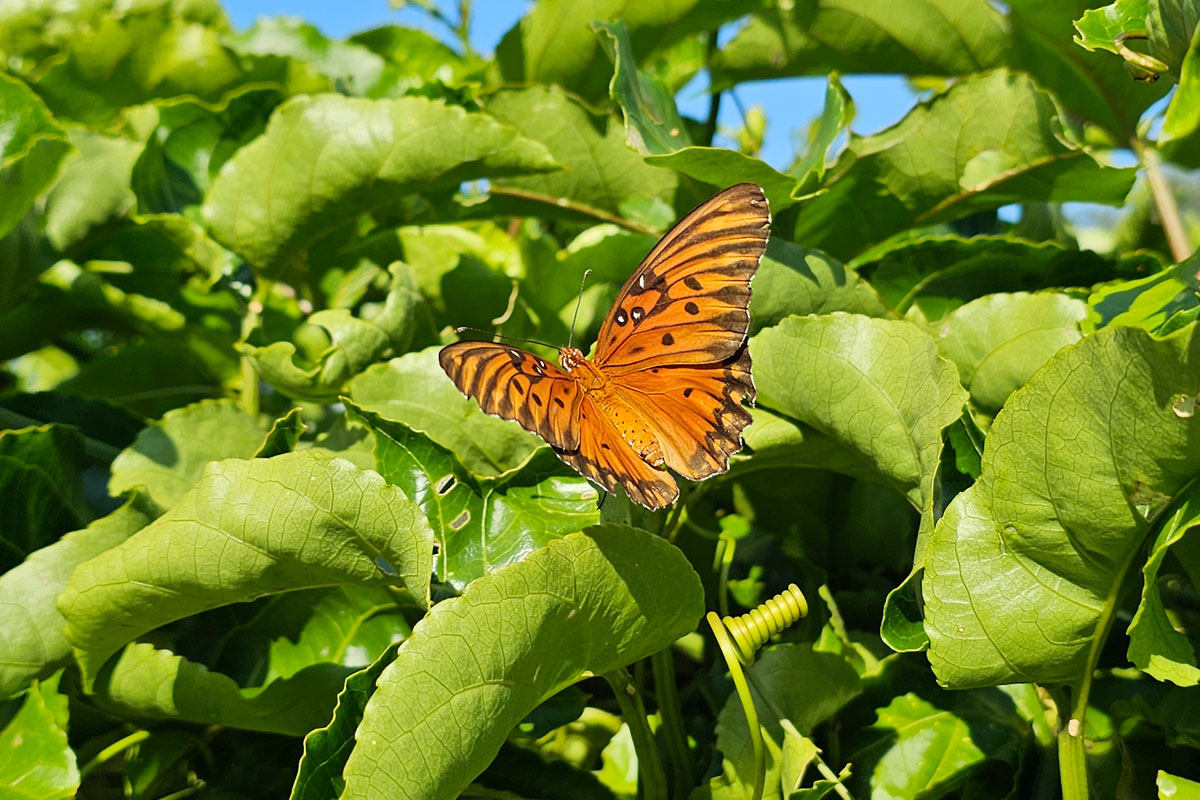

As an ornamental plant, the long vines can be trained up a trellis to create a stunning seasonal flowering arch, or left to sprawl and create a groundcover for the summer and early fall. When trimming the vines, toss them into your compost to increase the “greens” and add nutrients.
Foraging and Harvesting
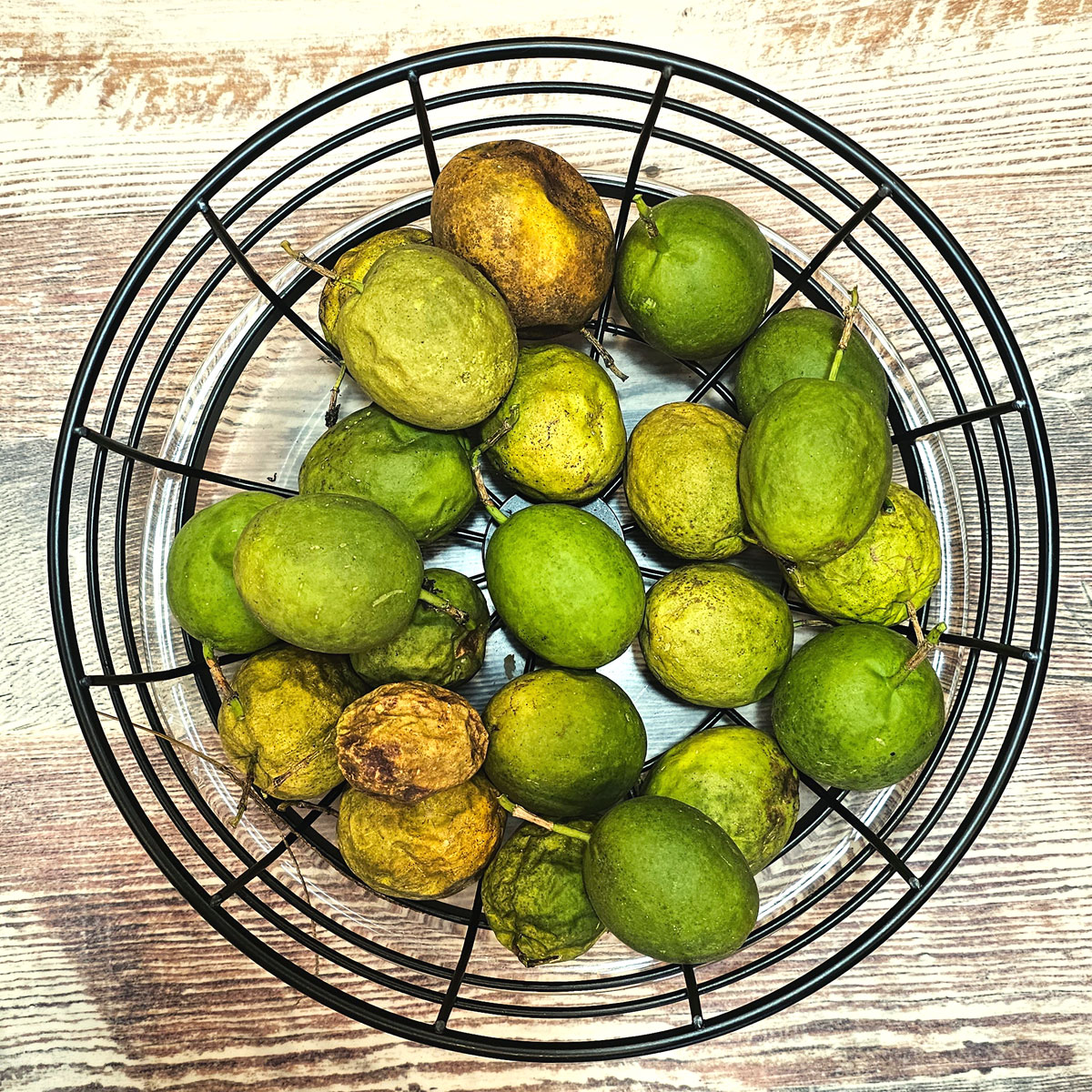
Make sure before you forage any wild food that you properly identify it. Consult a field guide or an expert forager before attempting to eat or use any wild plant. Not all passion flower varieties are medicinal or edible.
The best time to find wild passionfruits is from late spring to early fall while they are blossoming. The vines may be found growing up trees and shrubs, or in a meadow setting, along the ground or weaving around the grasses and bushes. Maypops ripen gradually over several weeks. The ripest fruits will be nearest to the roots of the plant where the first blossoms opened. I’ve found as many as 7 fruits from one vine in my food forest.
Maypop fruits ripen slowly over the summer, usually between July and October. The egg-shaped pods turn from dark green to lighter green, to almost yellow in color. As the fruit ripens, the skin gets wrinkled and leathery, and the vines will begin to die back. You’ll know they are ripe when they begin to get soft and fall off the vine. The fruit also give off a wonderfully sweet, almost tropical smell.
If you’re planning to harvest a bunch of them, be aware that squirrels, some birds, small mammals, and even gopher tortoises might be inclined to share your harvest!
Here are some tips for responsible foraging for maypops:
- Make sure you are legally allowed to forage on designated public lands, or have permission of the landowner of private land.
- Avoid harvesting from known polluted areas such as near an industrial site, busy roadside or other places that may be contaminated. Do your research before foraging.
- Only take what you need, and never more than 1/3 of what you see growing. This ensures the plant’s survival as well as continuing to provide food for wildlife.
- Leave no trace of your presence. Create only a minimal impact on the natural environment. Do not trample other plants or disturb existing wildlife.
- The best time to harvest maypops is in the morning or evening. Look for fruit that has fallen to the ground, or falls when the vine is gently shaken.
I like to go out in the evening and walk through the vines looking for fallen fruit. I’ll gather any that have fallen or look wrinkled. Sometimes I’ll find fruit half eaten laying on the ground. There are squirrels nearby that enjoy the fruit as much as I do!
I’ll collect the fruit in a basket and set it on my kitchen counter. Some are ready to process right away, others I’ll let ripen a few extra days. Then, I’ll rinse and dry the fruit, cut each one in half and scoop out the insides, stir them all together in a large bowl, then spoon the pulp into ice cube trays to freeze. The next day, I’ll place the cubes in a large freezer container to save until I have enough to make my recipe.
Recipe Ideas
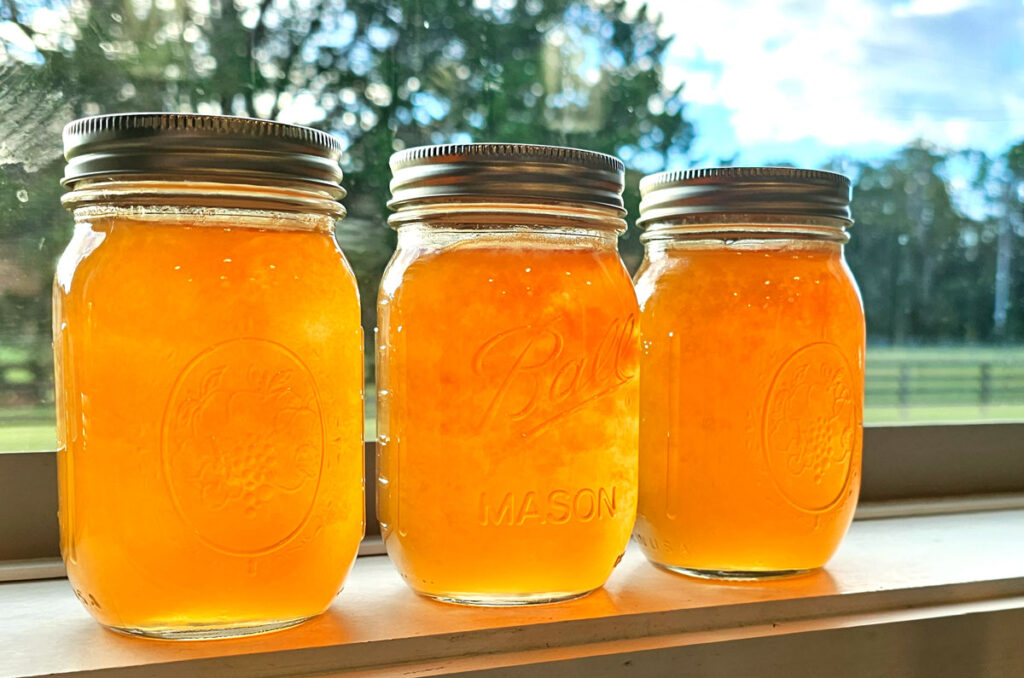
The easiest way to eat maypops is to wash the fruit, cut it in half along the equator, and scoop out the seeds and pulp with a spoon. The black seeds are edible and crunchy. You could also swallow the pulp without chewing the seeds, or strain the seeds out before eating.
Every autumn I make jelly from the maypop pulp. Get my recipe here for making this wild native treat. Maypop jelly is great over ice cream, in baked goods like thumbprint cookies, or stirred into yogurt.
You can use the fresh pulp in smoothies, tossed in a fruity salad or salsa, or turned into a salad dressing. A simple sauce or syrup made from the strained fruit pulp like the recipe below, can be served over ice cream, stirred into mocktails or cocktails, used as a dessert topping, or even as a sweet and tangy sauce over grilled meat or salmon.
Simple Maypop Syrup
Ingredients:
- 1 Cup maypop pulp strained (about 8-10 fruits)
- 1 Cup white sugar
- ½ Cup water
Directions:
To prepare the maypops, cut in half, scoop out the pulp and strain through a fine mesh strainer or cheesecloth.
Place the strained fruit, sugar, and water into a medium saucepan. Bring to a boil over medium-high, stirring constantly to dissolve the sugar, then adjust the temperature to simmer gently for 5-10 minutes until the syrup thickens to your desired consistency.
Cool and store in a glass jar or similar vessel in the refrigerator up to 2 weeks.

Resources
- Passiflora Incarnata – Wikipedia
- Detailed Plant Profile – NCSU Extension
- Ornamental Use of Passiflora Incarnata – UF IFAS Extension
- Medicinal History of Passiflora Incarnata – The Herbal Academy
Learn more about foraging and wild edibles from these excellent books from Chelsea Green Publishing:

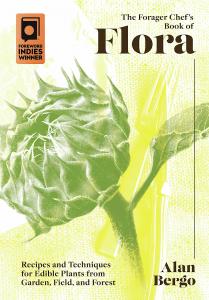
FAQs
Typically, the ripe fruit is what’s most commonly eaten. The leaves and flowers are sometimes used medicinally, but should be used with caution under the supervision of an herbalist or other expert. The root, while edible, are not eaten as they may have strong or dangerous effects on a human.
Maypops are not listed as toxic to dogs and cats by the ASPCA, however, consuming large quantities may upset their digestive systems or act as a deep sedative. Cattle may graze on the vines, but it’s commonly known as an invasive weed to many farmers and ranchers.
Yes! The hardy vines can be grown in gardens USDA zones 5-9. They are best propagated from cuttings. They can also be grown from seeds gather from very ripe fruits. Make sure to provide a strong trellis or have plenty of space for sprawling vines. They can be invasive, growing underground runners and pop up all over your property. Using containers is strongly recommended.
Maypops have a unique flower which can be confused with other passion fruit varieties such as the Passiflora lutea (yellow passionflower) which is also edible, but less flavorful. Some varieties of passion flowers are grown for their beauty and sold in nurseries or online, many of them are not considered edible. Always ensure you’ve correctly identified the Passiflora Incarnata and its fruit before eating.
Your article is very useful, but I must point out that you are the only source I’ve come across which claims that “maypop” refers to the pop when the fruit is stepped on.
What do you think “may” refers to?
Every other article I’ve read says it’s because the plant pops up in May!
Google AI has run your article more than once lately, and this detail is glaringly irritating.
You may step on them. If you do, they’ll pop.
Trust a harlot before a snake, a snake before someone else’s lawyer, and absolutely any lawyer before an amateur etymologist